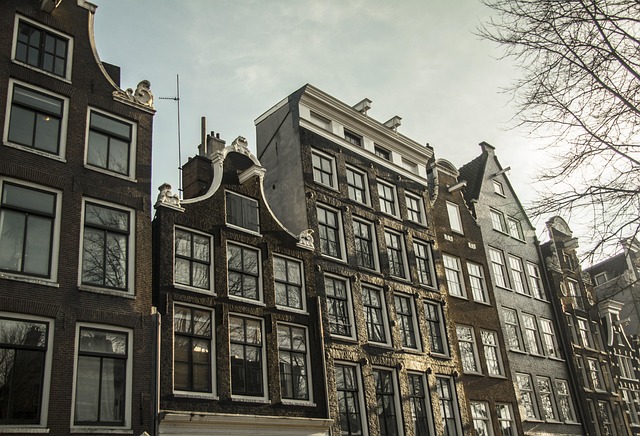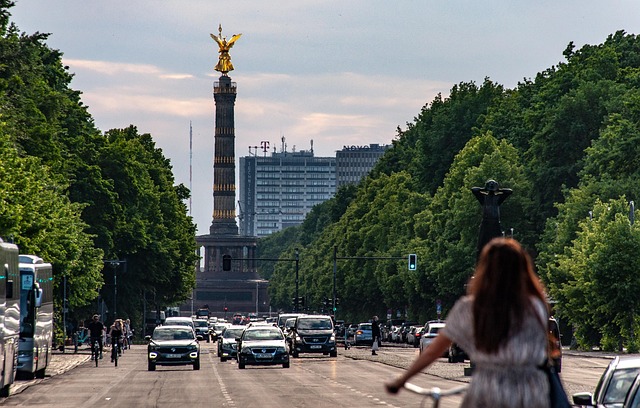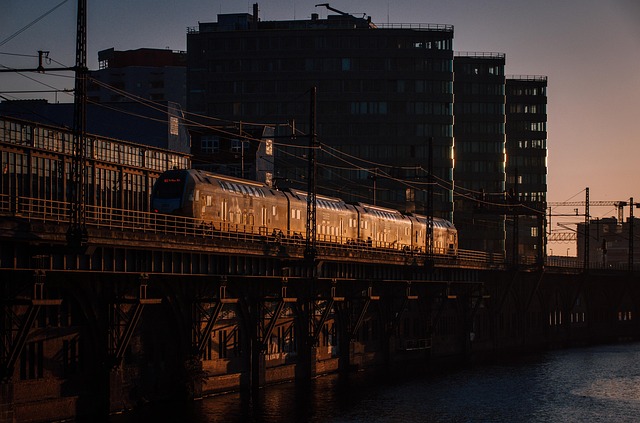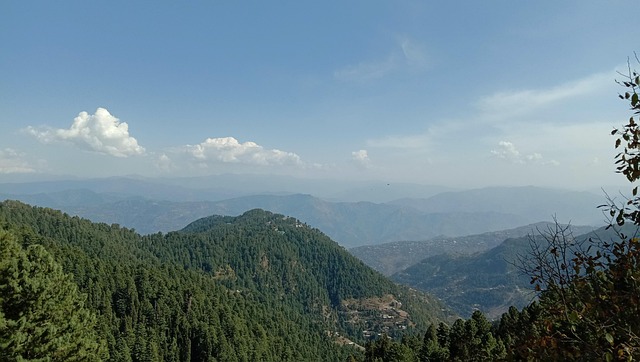Karachi's Gulberg Town is a cultural gem blending colonial architecture and modern life. Historic landmarks and diverse structures tell the city's story, inviting exploration of Karachi's rich heritage and dynamic identity. This unique blend attracts locals and tourists alike to experience the vibrant tapestry of this bustling metropolis.
Discover the enchanting landmarks of Gulberg Town, Karachi, where history meets modern architecture. This vibrant neighborhood boasts iconic structures that tell tales from different eras, reflecting the city’s rich cultural heritage. From majestic mosques to colonial-era buildings, each landmark is an architectural marvel in its own right. Explore these hidden gems and embark on a visual journey through time, uncovering the stories that have shaped Karachi’s identity.
- Exploring Karachi's Historical Landmarks in Gulberg Town
- Iconic Structures: A Visual Journey Through Time
- Cultural Significance and Architectural Marvels Unveiled
Exploring Karachi's Historical Landmarks in Gulberg Town

Karachi, the vibrant metropolis, boasts a rich history and cultural heritage reflected in its landmarks. Gulberg Town, a historic neighborhood within the bustling city, is home to several significant sites that offer a glimpse into Karachi’s past. Exploring these landmarks provides an engaging journey through time, showcasing the city’s evolution from a colonial outpost to a modern urban center.
From elegant architectural marvels of the colonial era to the cultural institutions and landmarks of post-independence, Gulberg Town stands as a testament to Karachi’s diverse history. Each landmark tells a story, inviting visitors to uncover the secrets and significance embedded in the very streets they traverse.
Iconic Structures: A Visual Journey Through Time

Gulberg Town, a vibrant neighborhood in Karachi, boasts iconic structures that narrate a visual journey through its rich history. The architectural diversity here is a mirror to the city’s transformation over the decades, showcasing styles ranging from colonial influences to modern masterpieces. Walking through these streets, one can’t help but admire the careful blend of old and new; historic buildings stand tall alongside contemporary marvels.
Each landmark in Gulberg Town tells a story, inviting residents and visitors alike to delve into Karachi’s past. From elegant bungalows that echo the British Raj to skyscrapers that define the modern skyline, these structures not only serve as landmarks but also as guardians of time, preserving memories and shaping the identity of this dynamic metropolis.
Cultural Significance and Architectural Marvels Unveiled

Gulberg Town, a vibrant neighborhood in Karachi, is not just a collection of buildings; it’s a tapestry woven with cultural threads and architectural marvels. The area boasts a rich heritage, reflecting the diverse cultural landscape of Pakistan. Each landmark here tells a story, from historic mosques to modern commercial hubs. These structures aren’t just aesthetically pleasing; they stand as testaments to the city’s resilience and cosmopolitan spirit.
The architectural diversity in Gulberg Town is astounding, showcasing styles that range from traditional Islamic architecture to contemporary designs. Historic landmarks like the iconic mosques and ancient buildings tell tales of Karachi’s past, while modern skyscrapers and shopping malls symbolize its present growth and dynamism. This unique blend of old and new makes Gulberg Town a cultural hub, drawing both locals and tourists alike who seek to immerse themselves in Karachi’s vibrant identity.
Karachi’s Gulberg Town is a treasure trove of historical landmarks that tell the city’s evolving story. From iconic structures that stand tall as visual testaments to the area’s rich past, to architectural marvels that showcase diverse cultural influences, these landmarks offer a captivating journey through time. Exploring these sites not only provides insight into Karachi’s history but also fosters a deeper appreciation for the city’s vibrant and dynamic character.



